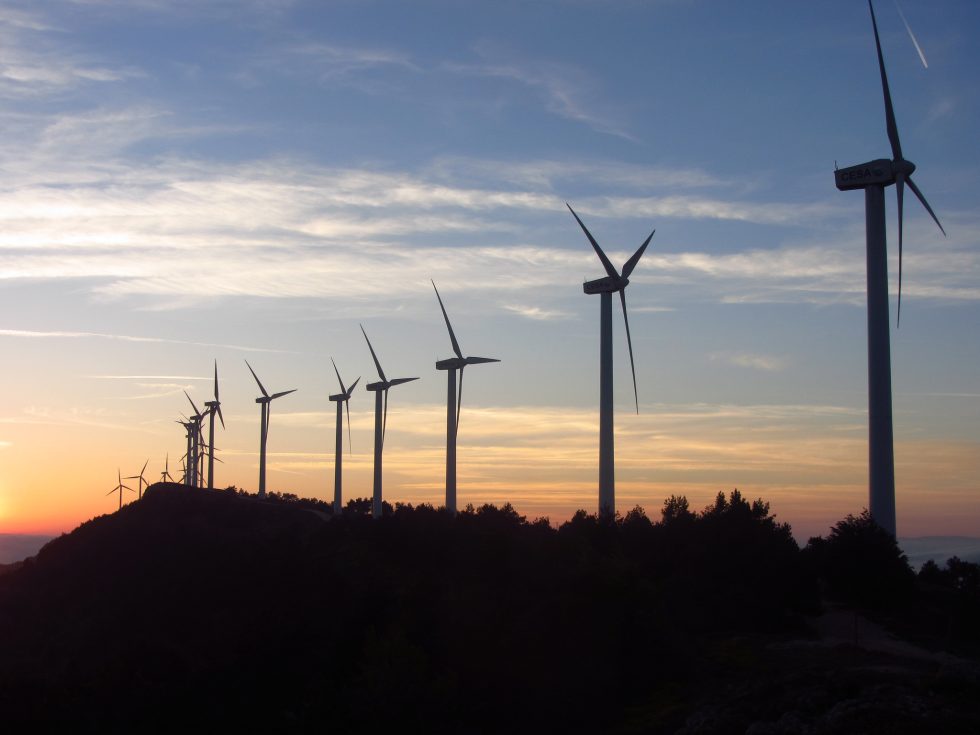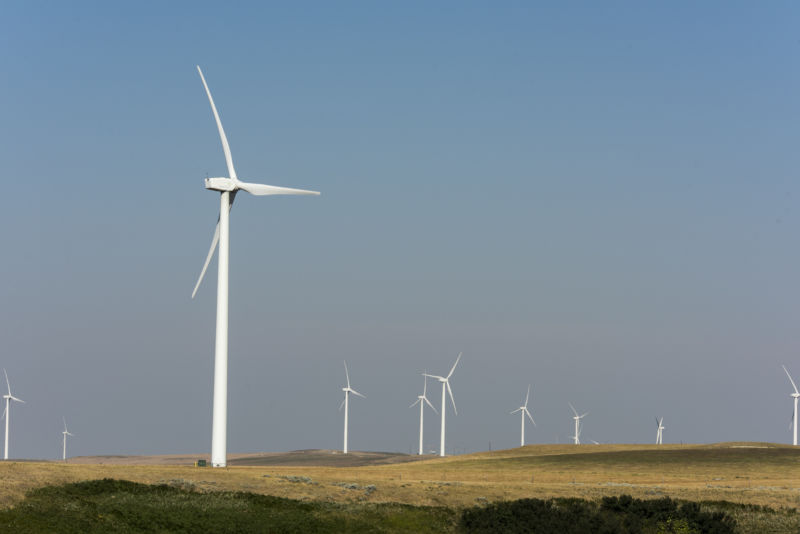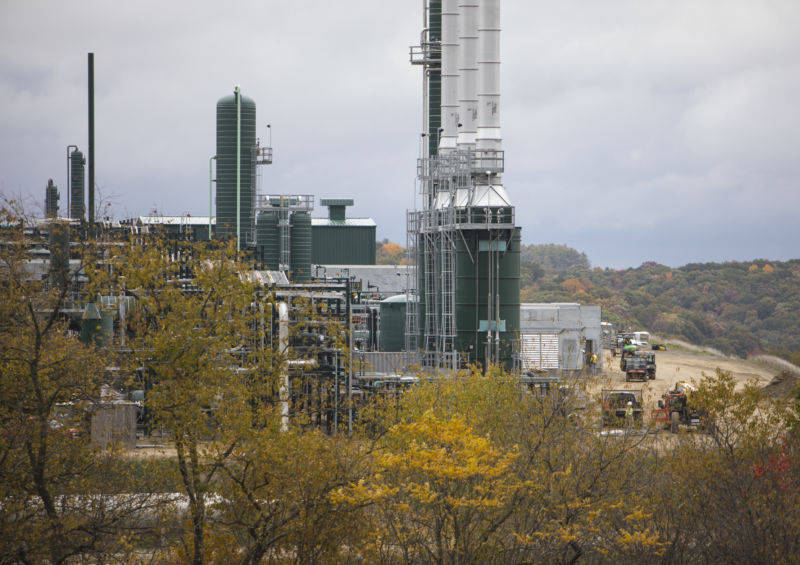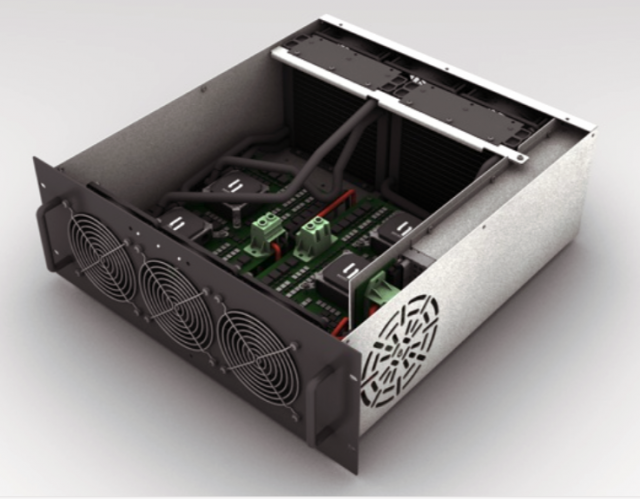Using molten salt to store electricity isn’t just for solar thermal plants

How can we make wind a more versatile energy source? By adding storage. (credit: Germanborrillo)
An energy storage startup that found its footing at Alphabet’s X “moonshot” division announced last week that it will receive $ 26 million in funding from a group of investors led by Breakthrough Energy Ventures, a fund that counts Jeff Bezos and Michael Bloomberg as investors, and whose chairman is Bill Gates. The startup, called Malta, uses separate vats of molten salt and antifreeze-like liquid to store electricity as thermal energy and dispatch it to the grid when it’s needed.
Malta’s system stores electricity by taking that electricity, using a heat pump to convert the electricity to heat, and storing that heat in molten salt. Then, when electricity is needed again, the system reunites the molten salt with the cold fluid, using a heat engine to reconvert the thermal energy to electricity, which can be sent back to the grid.
The concept is outlined in a July 2017 paper in the Journal of Renewable and Sustainable Energy, which states that “Round-trip efficiency…is found to be competitive with that of pumped hydroelectric storage.” [Update: Ars is seeking a number more specific to Malta’s system and will update again when that number is made available.] Pumped hydroelectric storage is one of the oldest forms of electricity storage, using electricity when it’s cheap and plentiful to pump water up a hill, and then releasing that water through hydroelectric turbines when electricity is expensive and scarce.
Read 5 remaining paragraphs | Comments


